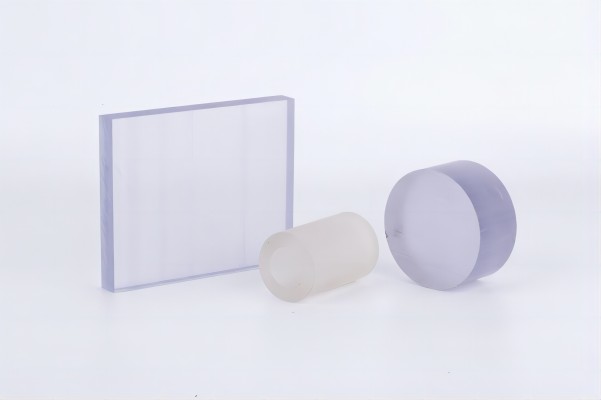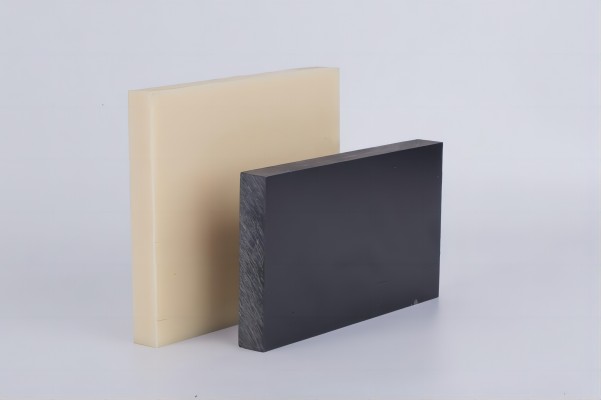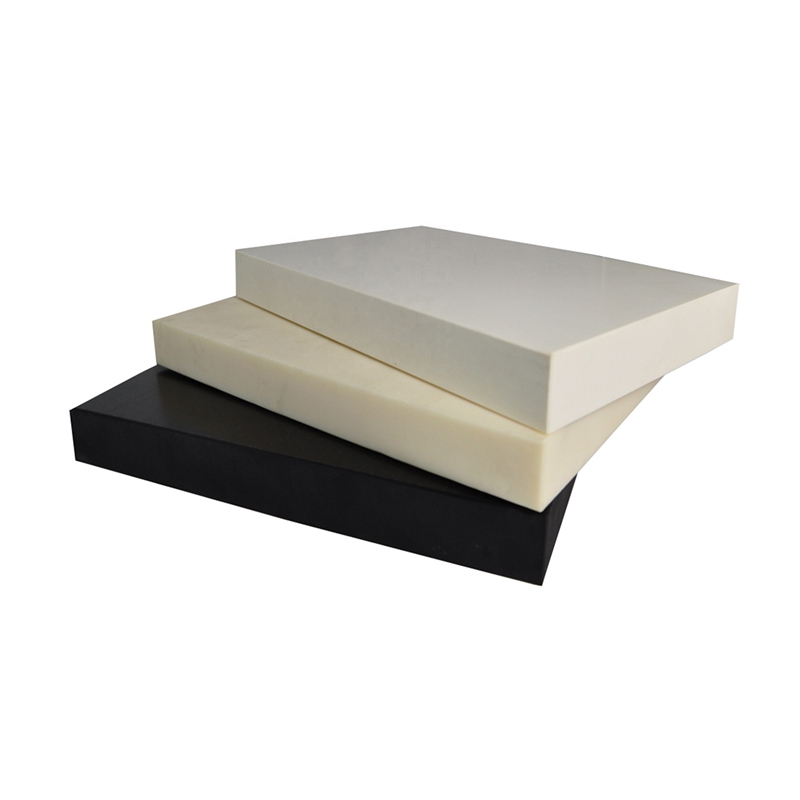
Privacy statement: Your privacy is very important to Us. Our company promises not to disclose your personal information to any external company with out your explicit permission.
PC material (polycarbonate)
Advantages:
1. High strength and coefficient of elasticity, high impact strength, wide range of operating temperatures
2. High transparency and free dyeing
3. Good fatigue resistance
4. Excellent electrical characteristics
5. Low molding shrinkage, good dimensional stability
Disadvantages:
1. Hydrolysis
2. Chemical resistance, notch effect
3. Poor design of the finished product is prone to internal stress problems
Chemical and Physical Properties: PC is a non-crystalline engineering material with exceptionally good impact strength, thermal stability, gloss, bacterial inhibition, flame retardant properties, and resistance to contamination. PC's notched Izod impact strength (otched Izod impact stregth) is very high, can not be over and shrinkage is very low, generally 0.1% ~ 0.2%. pc has very good mechanical properties, but the fluidity is poor, so the injection molding process of this material is more difficult. In the choice of what quality PC material, to the final expectations of the product as a benchmark. If the part requires high impact resistance, then a PC material with a ground flow rate is the way to go; conversely, a PC material with a high flow rate can be used, which will optimize the injection molding process.

ABS material (acrylic-butadiene-styrene copolymer, commonly known as: super non-breakable rubber)
Advantages:
1. Hard, easy to extrude
2. Flame retardant
3. Easy to color
4. Impact resistant
5. Good surface properties
Disadvantages:
1. Poor solvent resistance
2. Low dielectric strength
3. Low tensile strength
Molding characteristics:
1. Amorphous material, medium fluidity, moisture absorption, must be fully dry, the surface requires a glossy plastic needs a long time to preheat and dry 80-90 degrees, 3 hours
2. Appropriate to take a high material temperature and high mold temperature, high precision molding, mold temperature is appropriate to take the 50-60 degrees, the high gloss heat-resistant plastic parts, mold temperature is appropriate to take 60-80 degrees
Chemical and physical properties: ABS is synthesized by three chemical monomers: acrylic, butadiene and styrene. Each of these monomers has different characteristics: acrylic has high strength, thermal and chemical stability; butadiene has toughness and impact resistance; styrene has easy processing and high finish and high strength. Morphologically ABS is a non-crystalline material. The polymerization of the three monomers produces a terpolymer with two phases, a continuous phase of styrene acrylate and a dispersed phase of polybutadiene rubber. The properties of ABS depend largely on the ratio of the three monomers and the molecular structure in the two phases. This allows for a great deal of flexibility in product design and has resulted in hundreds of different qualities of ABS materials on the market. These different qualities offer properties ranging from medium to high impact resistance, from low to high gloss and high-temperature twisting, etc. ABS materials offer superb ease of processing, cosmetic properties, low creep and excellent dimensional stability as well as high impact strength.

PS material (Polystyrene)
(General purpose polystyrene GPPS, commonly known as: hard rubber; high-impact polystyrene HIPS, commonly known as: super non-breakable rubber)
Suitable for making insulating transparent parts, decorative parts, chemical instruments, optical instruments, etc.
Molding characteristics: 1. amorphous material, small moisture absorption, do not need to be fully dried, not easy to decompose, but the coefficient of thermal expansion is large, easy to produce internal stress, good fluidity, available bolts or plunger injection molding 2. advisable to use a high material temperature, high mold temperature, low injection pressure, prolonged injection time helps to reduce internal stress. Prevent shrinkage and deformation.
Chemical and Physical Properties: Most commercially available PS is a transparent, non-crystalline material.PS has very good geometric stability, thermal stability, optical transmission properties, electrical insulation properties and a very slight tendency to hygroscopicity. It is resistant to water, dilute inorganic acids, but can be corroded by strong oxidizing acids such as concentrated sulfuric acid and can swell and deform in some organic solvents. Typical shrinkage is between 0.4 and 0.7%.

POM (polyoxymethylene, commonly known as: plastisol)
Crystalline thermoplastic, melting point of 165-175 degrees, the nature of the closest metal.
Advantages:
1. High mechanical strength and rigidity
2. Highest fatigue strength
3. High environmental resistance, good resistance to organic solvents
4. High resistance to repeated impacts
5. A wide range of operating temperatures (-40 ~ 120 degrees)
6. Good electrical properties
7. Good restoration
8. Good lubrication with self, good abrasion resistance
9. Excellent dimensional stability
Disadvantages:
1. Easy to cause thermal decomposition if processed at high temperatures for a long time
2. No self-extinguishing
3. Poor acid resistance
4. High molding shrinkage
Chemical and physical properties: POM is a tough and elastic material, even at low temperatures still has good creep characteristics, geometric stability and impact resistance.POM has both homopolymer and copolymer materials. Homopolymer materials have good ductile strength, fatigue strength, but not easy to process. Copolymer materials have good thermal and chemical stability and are easy to process. Both homopolymer and copolymer materials are crystalline and do not readily absorb moisture, and POM's high degree of crystallinity results in a fairly high shrinkage rate, which can be as high as 2 to 3.5%. There are different shrinkage rates for different reinforced materials.
November 17, 2024
November 16, 2024
August 27, 2021
August 26, 2021
PEEK ball is a special type of ball made of polyether ether ketone (PEEK), which has excellent chemical stability, abrasion resistance, and high temperature resistance.PEEK ball is widely used in...
PVDF Application Areas Different models of PVDF products are suitable for different application scenarios. According to application fields, PVDF can be divided into conventional grade products and...
Application Performance Advantages of MC nylon MC nylon is a new type of engineering plastics, due to its outstanding comprehensive performance, so that its status in engineering plastics is rapidly...
Types of nylon: 1. Nylon - 6 (PA6) Nylon -6, also known as polyamide -6, that is, polycaprolactam. Translucent or opaque opalescent resin. 2. Nylon - 66 (PA66) Nylon-66, also known as polyamide-66,...
Email to this supplier
November 17, 2024
November 16, 2024
August 27, 2021
August 26, 2021

Privacy statement: Your privacy is very important to Us. Our company promises not to disclose your personal information to any external company with out your explicit permission.

Fill in more information so that we can get in touch with you faster
Privacy statement: Your privacy is very important to Us. Our company promises not to disclose your personal information to any external company with out your explicit permission.